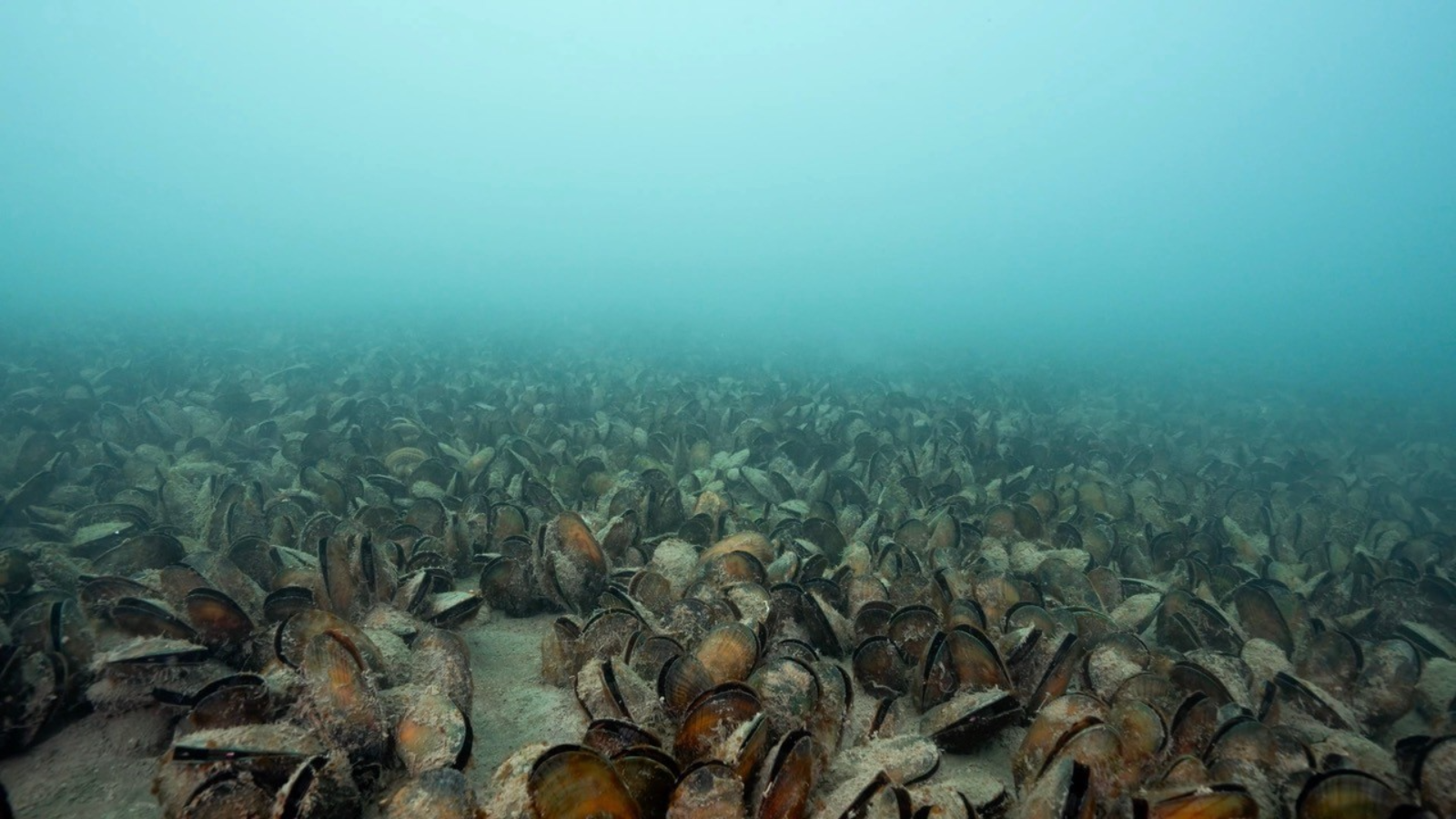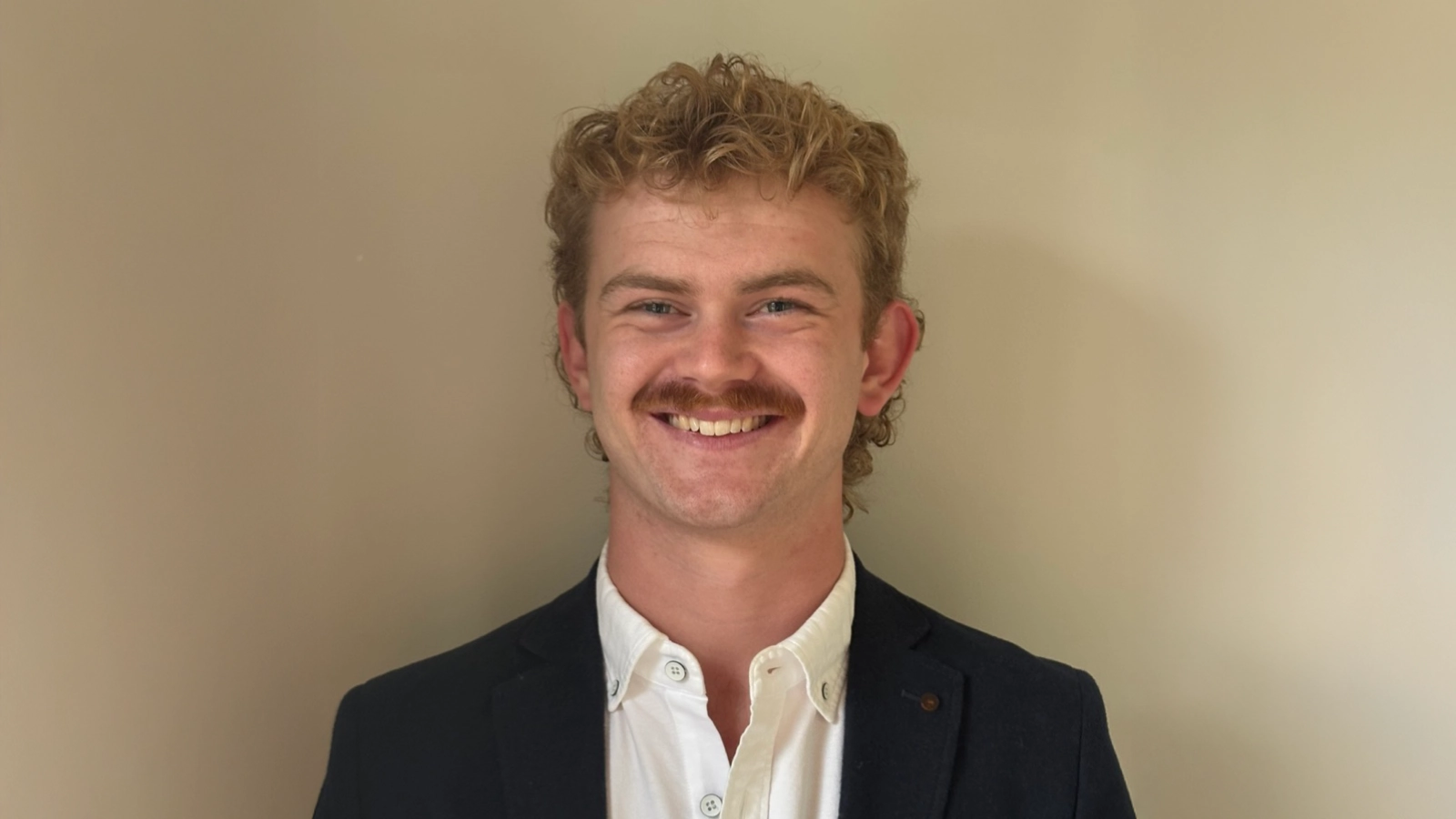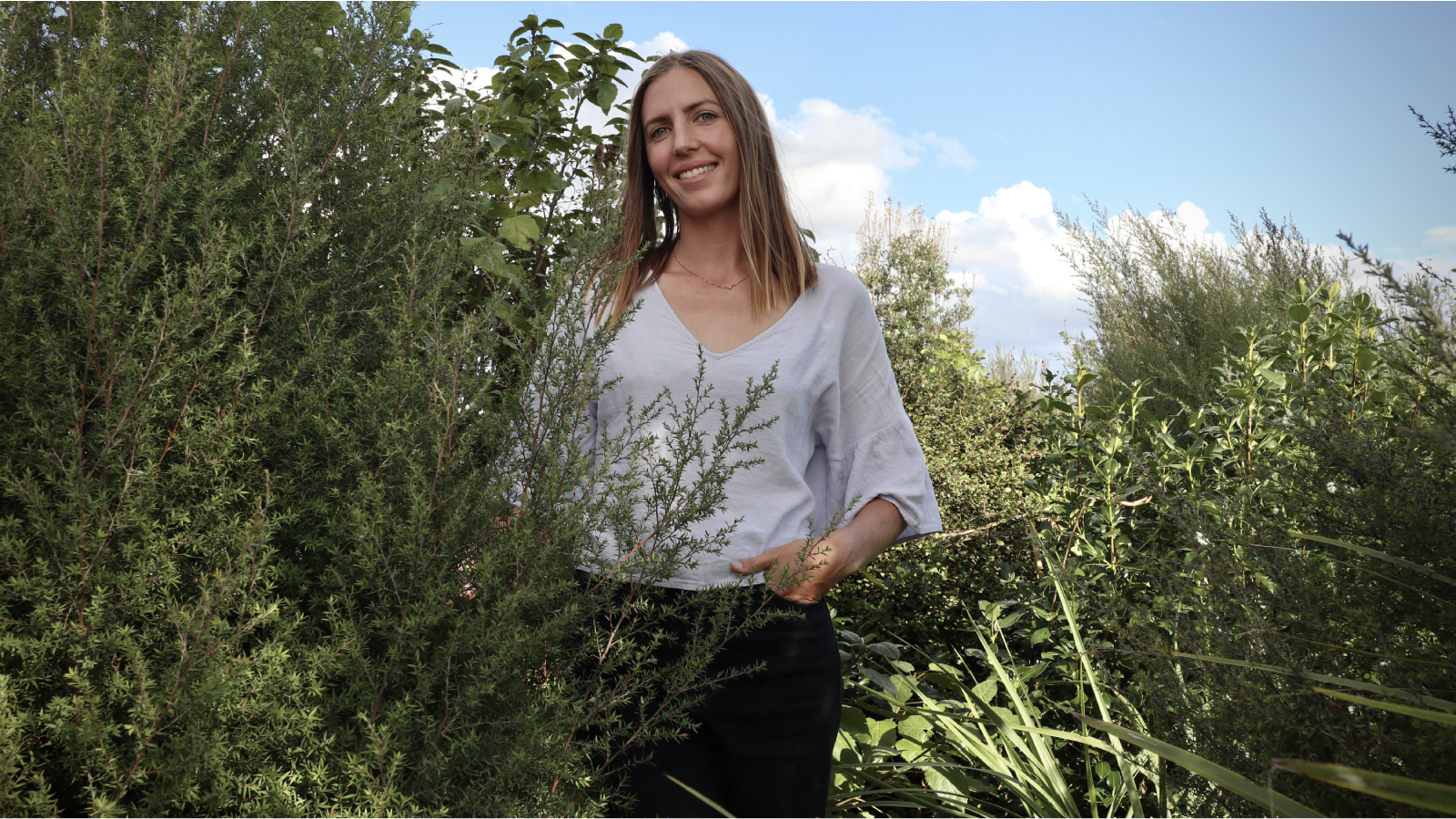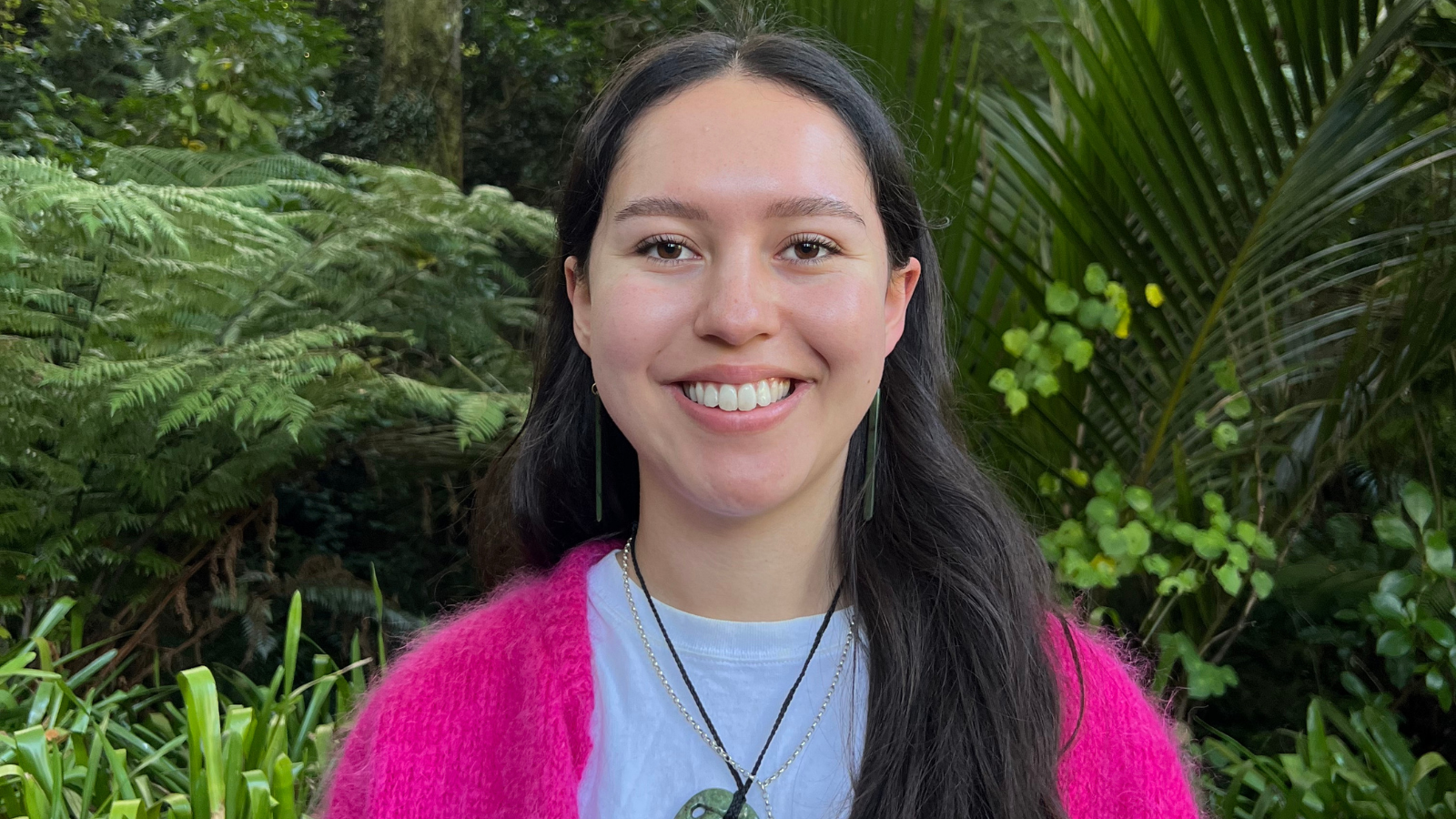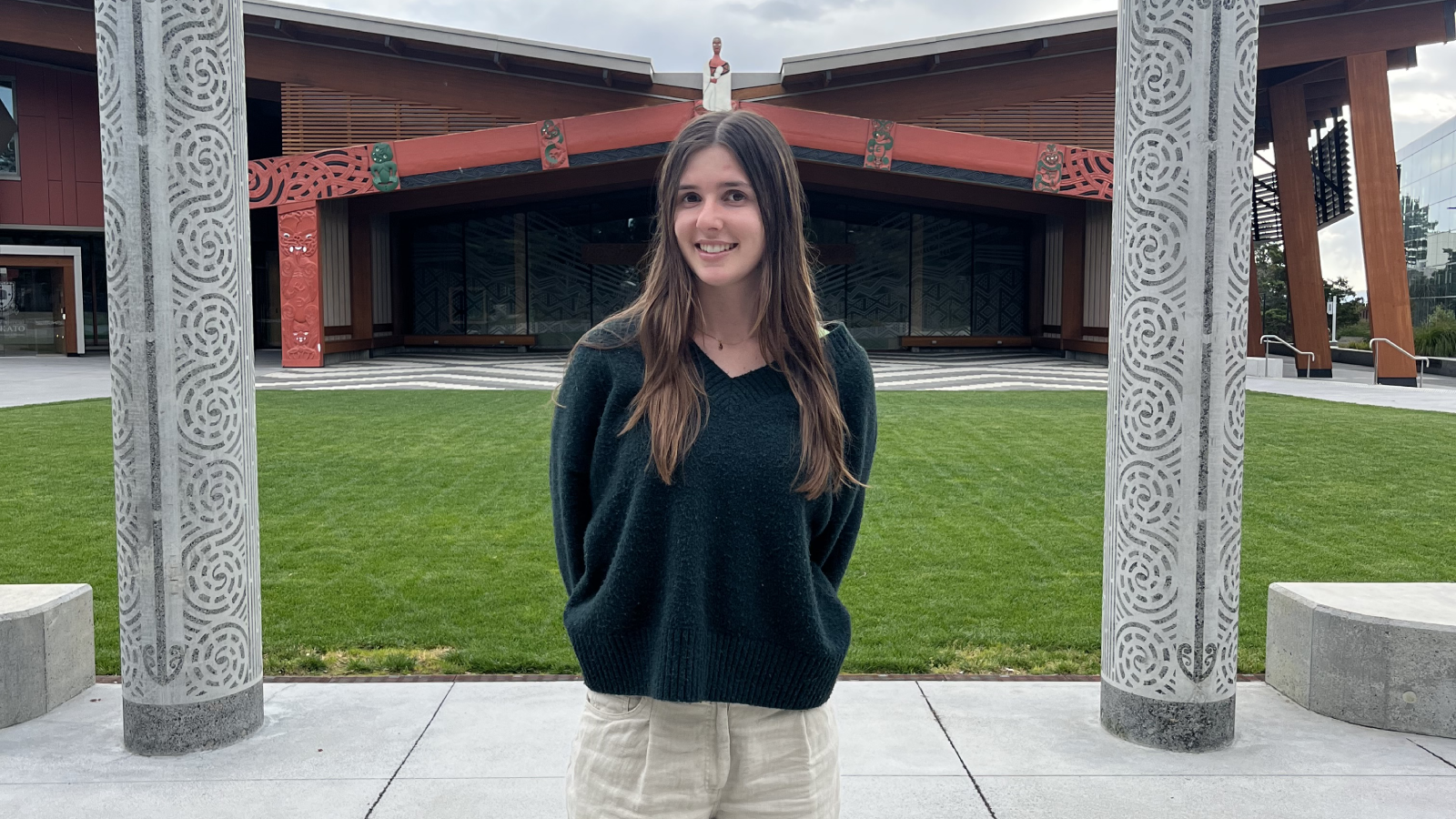While a visit to Ōhiwa Harbour might first be about picturesque views and the rich cultural history, beneath the surface, something remarkable is happening – its mussel beds are making a comeback.
After years of decline, a mātauranga-led restoration project from Te Rūnanga o Ngāti Awa, with support from University of Waikato marine scientist Professor Kura Paul-Burke and her team, is proving how the combination of traditional knowledge and marine science can turn the tide for marine ecosystems.
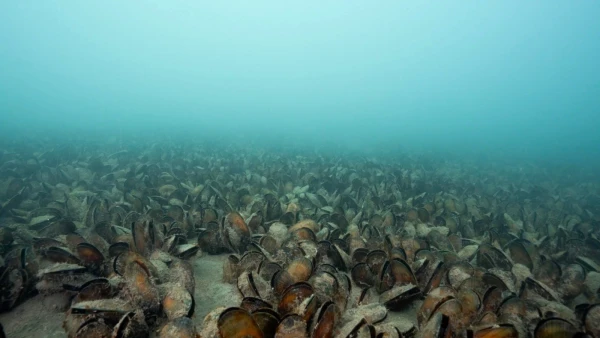
The mussel bed at Ōhiwa Harbour in April 2024
Back in 2019, there were only 80,000 kuku (green-lipped mussels) across the entire harbour, struggling against an overwhelming population of pātangaroa (11-armed seastars) that had been consuming them at an unsustainable rate. Fast-forward to December 2024, and the results are impressive. There are now 45 million mussels thriving across 11 hectares of the harbour floor.
“It’s an incredible milestone. What we’re seeing is not just a return of mussels but the re-establishment of a healthy, functioning marine ecosystem,” says Professor Paul-Burke.
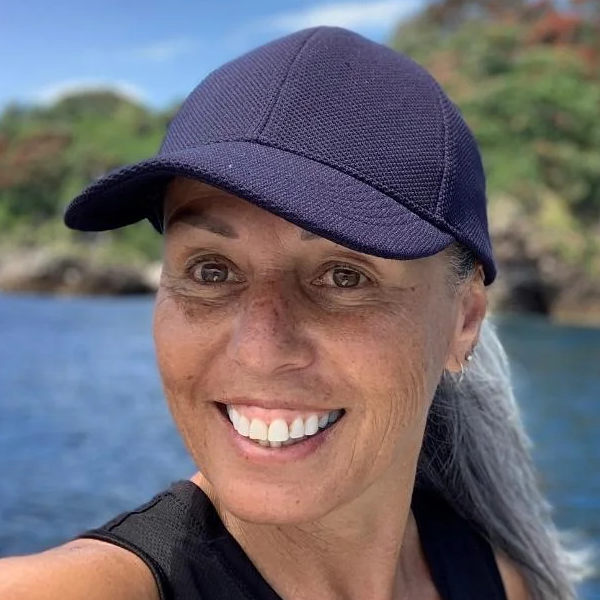
Professor Kura Paul-Burke
The project has been a step-by-step journey, carefully managed through the removal of pātangaroa, hands-on restorative efforts, and ongoing monitoring.
-
2019 – 80,000 mussels across the harbour
-
2020 – 470,000 mussels following the first seastar removal trials
-
2021 – 800,000 mussels after further restoration efforts
-
2023 – 16 million mussels identified on the seafloor
-
2024 – 45 million mussels covering an 11-hectare area
With an increasing number of adult mussels now present, Professor Paul-Burke’s monitoring shows the beds are becoming more resilient, capable of regenerating naturally and helping to stabilise sediment, improve water quality, and provide a habitat for marine life.
For Te Rūnanga o Ngāti Awa, the project is about more than just numbers; it’s about restoring a vital taonga species and ensuring the harbour remains a thriving mahinga kai (food basket) for future generations.
“This is exactly what we have been working towards. Seeing the mussel beds regenerate like this is a huge win for Ngāti Awa and the wider community,” says Charlie Bluett, Customary Fisheries Manager at Te Rūnanga o Ngāti Awa.
The work in Ōhiwa Harbour is also influencing other iwi-led restoration efforts, with Professor Paul-Burke supporting similar projects across the country, including the University of Waikato Pou Rāhui project working with local iwi at Waiheke Island, Thames Coast, Coromandel, Great Barrier Island, and Maraetai-Clevedon.
“The success here is proof that mātauranga Māori is a powerful body of scientific knowledge,” says Professor Paul-Burke. “We’re seeing real, measurable environmental improvements, and that’s what makes this project so exciting.”
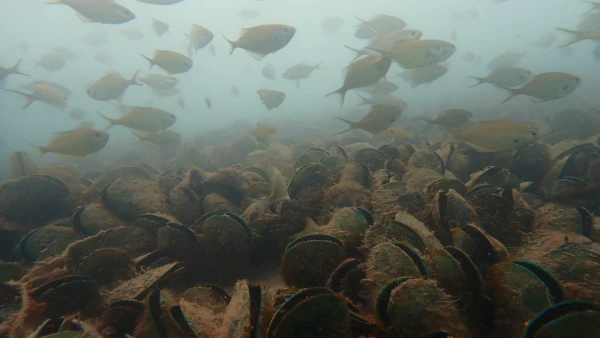
Juvenile silver trevally at the mussel bed - a rare sight, as schools of fish are not often seen in the harbour.
To help protect the progress made, the Ministry for Primary Industries has placed a temporary two-year harvesting closure over the mussel beds, giving them time to stabilise and expand further.
“Ensuring these mussels continue to thrive is key,” says Toi Iti, Bay of Plenty Regional Councillor and Chair of the Ōhiwa Harbour Implementation Forum. “We’re proud to have been part of this effort from the beginning.”
With continued collaboration between Te Rūnanga o Ngāti Awa, Bay of Plenty Regional Council, and the seven partners of the Ōhiwa Harbour Implementation Forum, the future of the mussel beds, and the harbour’s wider ecosystem, looks bright.
